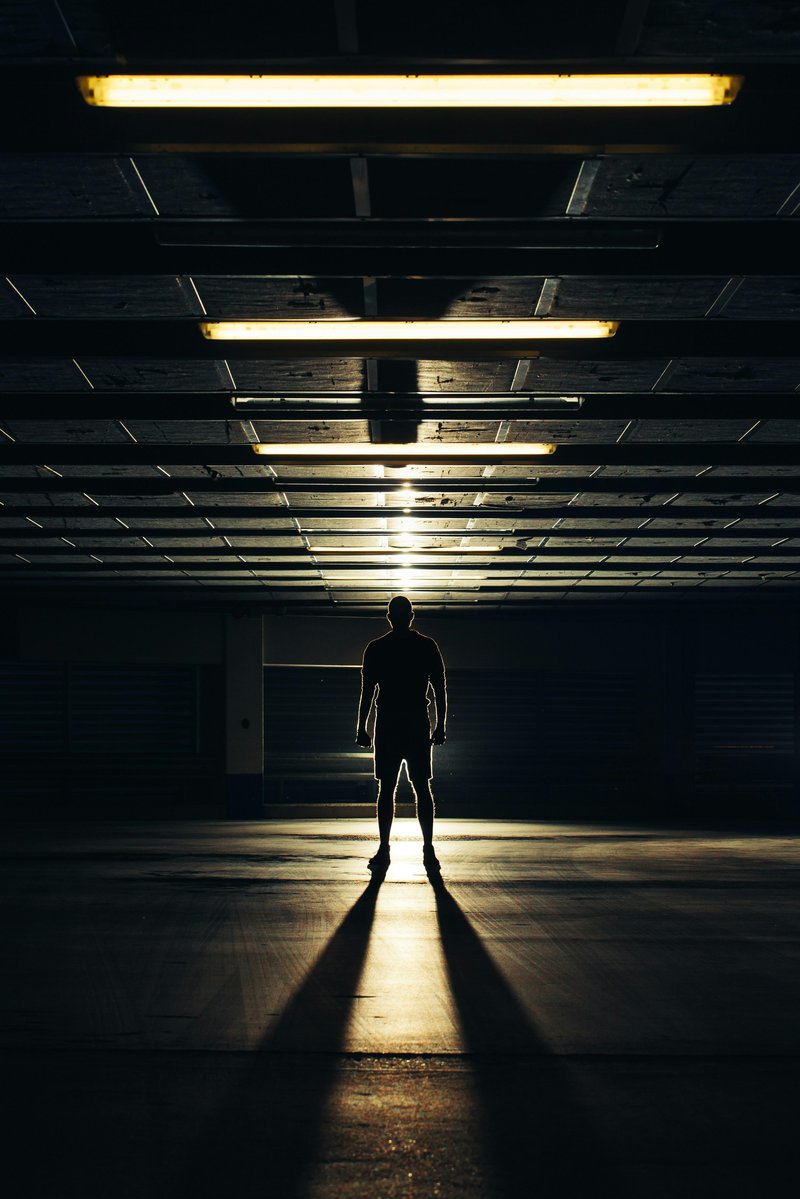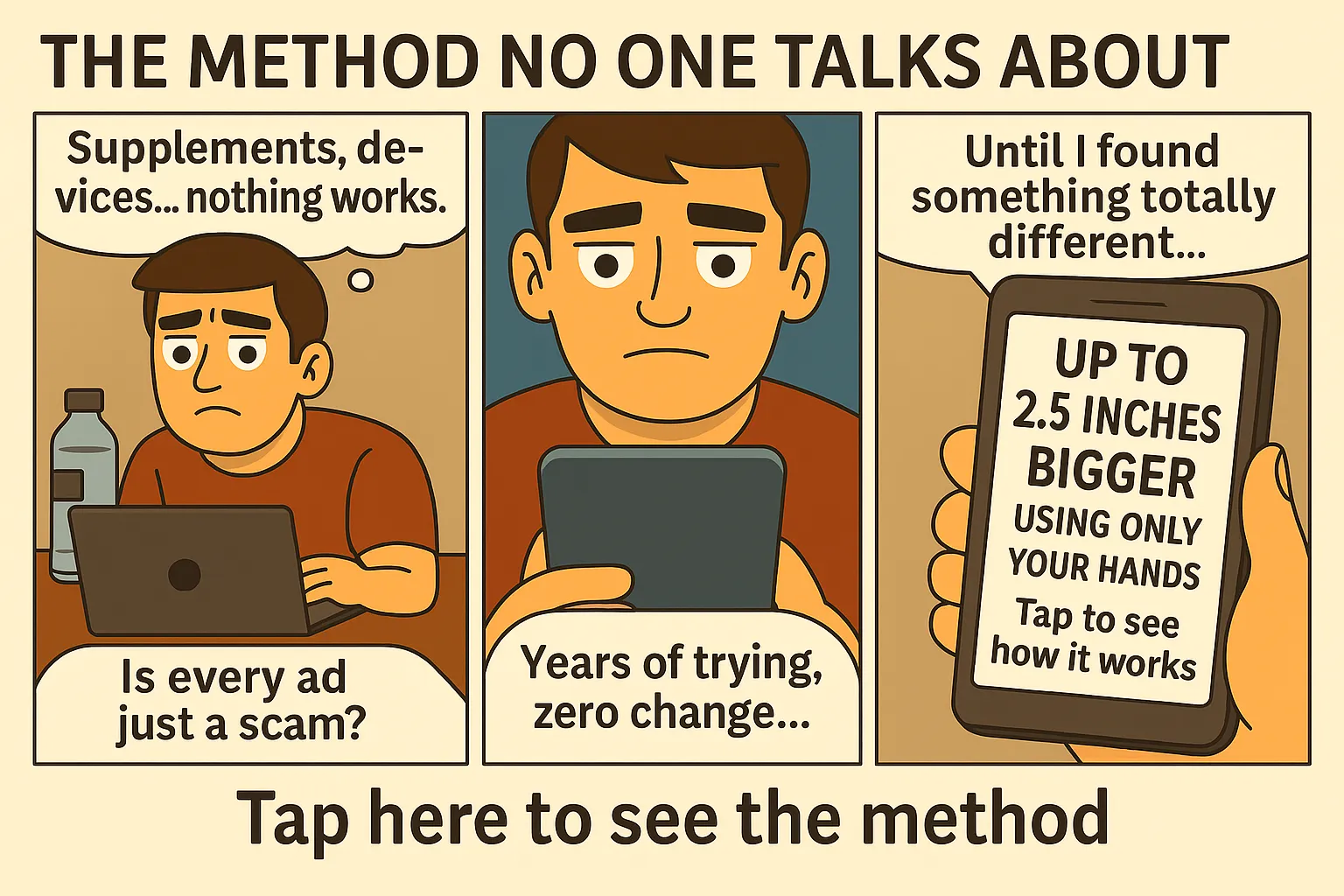The Hidden Crisis of Fit Men with Failing Hormones
You train hard, eat clean, and maybe even have a six-pack—yet something still feels off. Low energy, mood swings, weak libido, or inconsistent morning wood. Sound familiar? You might be facing hormonal imbalance in fit men, a silent epidemic hiding behind shredded physiques and protein shakes.
The Myth: Fit Equals Healthy Hormones
Most people assume visible fitness means internal health. But external muscle doesn’t always reflect hormonal balance. You can have low testosterone, high cortisol, or estrogen dominance even with 10% body fat. In fact, intense training without recovery often causes these imbalances.
The Overtraining Trap
Training 5–6 days a week without adequate rest spikes cortisol and burns out your endocrine system. Cortisol competes with testosterone for production resources. Over time, this leads to fatigue, poor libido, and even depression—despite being “in shape.”
Top Signs of Hormonal Imbalance in Fit Men
1. Weak or Inconsistent Morning Wood
This is one of the most reliable indicators of male hormonal health. If it’s gone—or inconsistent—your testosterone may be low, or your circadian rhythm disrupted. Learn how to restore it by syncing with your circadian testosterone rhythm.
2. Lean Body, Low Libido
If you’re muscular but have no desire for sex, that’s a red flag. Testosterone drives libido. When suppressed by stress, poor sleep, or nutrient depletion, your sex drive crashes—even if your physique is dialed in.
3. Mood Swings or Apathy
Testosterone is linked to drive, confidence, and aggression. When low, men often feel flat, uninspired, or passive. If your lifts are going up but your ambition is down, hormones may be the culprit.
4. Chronic Fatigue Despite Good Sleep
Sleep isn’t just about hours—it’s about quality and hormone cycling. If you wake up groggy despite 7–8 hours, your hormonal rhythm might be disrupted. Artificial light and late-night stress play a major role here—covered in depth in our article on light and hormonal disruption.
5. Plateaued Progress Despite Clean Habits
You’re doing everything right—but gains stopped. That could be high SHBG, elevated estrogen, or adrenal fatigue blunting your hormonal output. Bloodwork might look “normal,” but symptoms tell the real story.
Common Root Causes in Fit Men
1. Chronic Caloric Deficit
Staying too lean for too long lowers testosterone. The body perceives a survival threat and shuts down reproductive hormones. If you’re always in a cut, your endocrine system pays the price.
2. Poor Light Hygiene
Artificial light at night suppresses melatonin and wrecks deep sleep—where testosterone is produced. Fix your rhythm and boost T naturally with light hygiene strategies.
3. High-Stress Lifestyle
Running a business, high-performance jobs, or emotional chaos spike cortisol daily. Without tools to decompress, testosterone production drops—even in physically strong men.
4. Supplement Overuse
Too many pre-workouts, fat burners, or stimulants desensitize your body and burn out your HPA axis. Smart stacking matters—check out our guide on stacks for hormonal health.
How to Test Your Hormones (Without Bloodwork)
Blood tests are helpful, but not the only way. Your body tells you what’s up—if you know how to listen. Track these metrics weekly:
- Morning erection frequency
- Libido and sex drive
- Energy levels on waking
- Mood and drive throughout the day
- Training motivation and recovery
What to Do If You See Imbalance
First, don’t panic. This is reversible. Begin with rhythm correction, light hygiene, and stress modulation. Sleep before midnight. Eat adequate fats. Pull back training volume for 2 weeks and observe your body’s response.
Fixing the Hormonal Environment Around You
Your home, work, and sleep environment impact hormone production more than you think. EMF exposure, air quality, even bedroom lighting—all play a role. Dive into our guide on testosterone-optimized home design.
Real Stories: Hormonal Imbalance Behind the Muscles
Case 1: The Shredded Executive
Jake, 34, looked like a fitness model. But behind the abs, he had zero sex drive and constant fatigue. His bloodwork showed high cortisol and borderline-low free testosterone. The fix? Cutting training to 3x/week, fixing sleep, and adding ashwagandha + magnesium. Three weeks later, his libido returned—and so did his ambition.
Case 2: The Vegan Trainer
Mike, 29, coached clients and lived clean, but had unpredictable mood swings and insomnia. His testosterone was low due to minimal fat intake and excessive soy-based proteins. By increasing saturated fats (eggs, grass-fed butter) and balancing macros, his sleep and mood normalized in a month.
The Emotional Toll of Hidden Hormonal Imbalance
Hormonal imbalance in fit men often leads to shame or confusion. How can you be doing everything “right” and still feel wrong? That inner conflict can lead to isolation, relationship issues, and overcompensation through more training—worsening the imbalance.
You’re Not Broken—You’re Misaligned
This isn’t weakness. It’s a warning sign from your biology. Your hormones aren’t broken. They’re responding to stress, light, food, and overload. Align your inputs, and the balance returns.
Daily Recovery Rituals to Restore Balance
Fixing hormones isn’t just about sleep and diet. It’s about building rituals that tell your body: it’s safe, it’s time to recover, and you can thrive again.
Evening Ritual for Deep Recovery
- Turn off all screens by 9 PM
- Drink a sleep-supportive tea (lemon balm, chamomile, reishi)
- Read or stretch under red light
- Sleep with blackout curtains and 18°C room temp
Morning Reset Protocol
- Sunlight within 10 minutes of waking
- Hydration + pink salt + lemon
- Movement: walk or mobility
- High-fat, high-protein breakfast with zero sugar
The Silent Hormone Killers in a Fit Man’s Life
Sometimes the smallest things do the biggest damage. These daily disruptors silently wreck your hormone profile:
- Excessive caffeine (over 300mg/day)
- Sleeping with phone near your head
- LED light in bedroom or bathroom
- Frequent fasting without refeeds
- Suppressed emotions and no creative outlet
Fix What You Can Control
You may not escape stress or work hours, but you can design recovery windows, improve light exposure, remove EMF from your bedroom, and nourish your body like a biological machine—not a vanity project.
How to Rebuild Your Hormonal Foundation Step by Step
1. Reduce Training Volume Temporarily
Cut back to 3–4 sessions per week. Focus on compound lifts with adequate rest. Overtraining is a testosterone killer. Less volume + more recovery = hormonal reset.
2. Introduce Strategic Fats
Eat whole eggs, grass-fed butter, olive oil, and fatty fish daily. Cholesterol is the raw material for testosterone. Don’t fear fat—fuel with it.
3. Track Symptoms Weekly
Use a journal or app to monitor your sex drive, mood, sleep quality, and morning erections. This gives real-time feedback on your hormonal state—better than blood tests alone.
4. Respect Your Circadian Rhythm
Align your training, eating, and sleep schedule to daylight. Be up with the sun and in bed by 10. Learn how in our guide to circadian testosterone rhythm.
📉 Fit Outside, Failing Inside? Here’s the Truth
| Symptom | Normal Hormones | Imbalanced Hormones |
|---|---|---|
| Morning Erections | Daily or consistent | Infrequent or absent |
| Libido | Strong and steady | Low, fluctuating |
| Mood | Stable and driven | Anxious, apathetic |
| Sleep | Restful, uninterrupted | Light, fragmented |
You Don’t Need TRT. You Need Alignment.
Most men jump to hormone replacement therapy (TRT) without fixing lifestyle, sleep, or nutrient deficiencies. This masks the issue instead of solving it. Your body wants to produce testosterone—you just have to stop interfering with it.
Reclaim Your Natural Edge
Fixing your hormonal imbalance as a fit man isn’t about doing more. It’s about doing smarter. Reduce load, restore rhythm, feed your endocrine system, and listen to your biology. When you do that, your drive, power, and masculinity return—stronger than ever.
If you’re ready to go beyond just fitness and unlock true sexual dominance and performance, start the natural protocol here.
Advanced Tools to Support Hormonal Health
1. Wearables and Tracking
Use Oura Ring, WHOOP, or sleep apps to monitor HRV, deep sleep, and recovery. These metrics reflect hormonal alignment better than guesswork. A drop in HRV or deep sleep often signals hormonal imbalance before symptoms surface.
2. Functional Labs
If symptoms persist after lifestyle changes, run tests like DUTCH (for cortisol rhythm), total + free testosterone, SHBG, estradiol, and DHEA-S. These give a full picture of your endocrine function—not just random T scores.
3. Targeted Supplements
- Boron: Reduces SHBG, freeing up testosterone
- Ashwagandha: Lowers cortisol, enhances T in stressed men
- Zinc + Magnesium: Supports sleep and LH secretion
- DIM + CDG: Clears excess estrogen
You Can Be Fit—and Fully Balanced
Don’t settle for being a “fit guy” who feels half-alive. True performance, deep libido, sharp focus, and emotional resilience come from hormonal synergy. You deserve all of it—not just muscle.
❓ Frequently Asked Questions
Can men have low testosterone even if they’re muscular?
Absolutely. Overtraining, under-recovery, poor sleep and constant dieting all suppress testosterone—even if you look ripped. Performance doesn’t always reflect internal health.
Do symptoms matter more than blood test numbers?
Yes. Many men have “normal” T levels on paper but still feel off. Symptoms like low libido, weak erections, and poor sleep are more reliable indicators of imbalance than labs alone.
If you’re ready to reclaim strength where it matters most, access the full protocol and transform your biology now.
Final Word: Strength Without Hormonal Stability Is a Lie
You can lift heavy, diet perfectly, and still feel broken inside. That’s not weakness—it’s misalignment. Hormones are the foundation of masculine energy, and ignoring them is like building muscle on sand. You don’t need more willpower. You need more balance.
Muscle means nothing if your mind is foggy, your sex drive is gone, and your sleep is wrecked. Reclaim the full spectrum of what it means to be a powerful man—inside and out.
Hormonal imbalance in fit men is real—but so is recovery. You’ve got the roadmap now. It’s time to move.
 Hormonal Imbalance in Fit Men: The Hidden Epidemic – masculine growth symbolism – via supremepenis.com
Hormonal Imbalance in Fit Men: The Hidden Epidemic – masculine growth symbolism – via supremepenis.com







